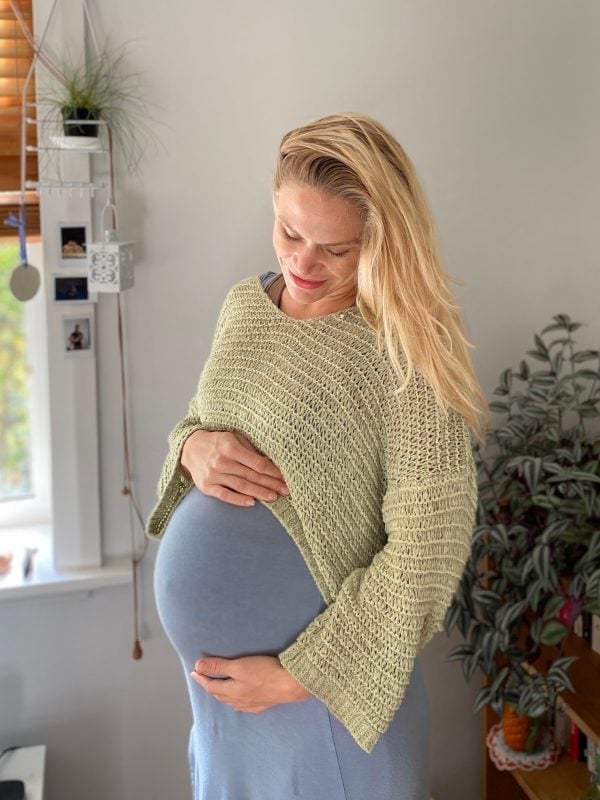
“We only offer that to women who’ve been trying for at a year,” he said.
I walked outside the doctor’s office and my eyes welled in frustration. I was 34 and in the grip of baby panic but did not want to ‘try’ yet.
WATCH: Women share their strangest pregnancy cravings. Post continues below.
I deeply wanted to be a mum and I was with the person I wanted to become a mum with, but I was unemployed, career in limbo, had financial insecurity and no fixed address.
Everything I read, and everyone I spoke to, told me to prioritise a baby. 35+ fertility and pregnancy complication statistics tormented me.
My metronome angst beat between wanting to punch the next person who said, “Don’t stress, women have babies in their 40s now,” to the icy rod that stabbed my chest every time I read the words ‘geriatric pregnancy’, or ‘advanced maternal age’, which next birthday, I would become.
All of this was underscored with the heartbreak of an 18-month unsuccessful attempt to re-enter a career in the capricious world of politics or journalism.

Top Comments
For the sake of $80 it doesn't hurt to get one done, but it shouldn't be covered by Medicare (in your scenario).
sperm count is covered
egg count is not
that doesn’t seem fair.
But typical 😂😂😂
Medicare should only cover tests that actually accomplish what they are testing for.
@snorks Discovering a low egg count shouldn’t be valued less than discovering a low sperm count.
Both tests accomplish a count.
And given female fertility is so complex, any information to contribute to the picture should be valued and funded
'any information to contribute to the picture should be valued and funded' Exactly, which tells you why it's not funded.